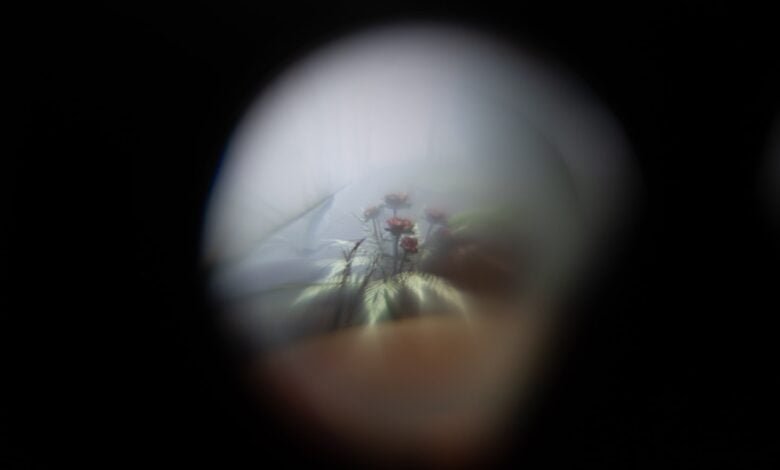Two transgender friends find their true selves in VR

Silent lives in her childhood home in Connecticut with her parents, brother and niece. After experiencing a severe concussion in high school, she turned the gazebo outside her home into a place of solace and personal exploration. There, before she discovered virtual reality, she’d spend entire days on the web. “Walking and travel don’t exist, it doesn’t need to exist. It’s antiquated,” she says. “It’s like horses and buggies. Why would I use a horse and buggy when I have a car? Why would I use a car when I could just teleport?”
On the Upper West side of Manhattan, Radar turns vinyl records from the ’90s rave scene at home. The rent-stabilized apartment complex where she lives with her parents and sibling is the only home she has ever known. To her, VR “is like a simulation of a world that doesn’t have landlords. Because it doesn’t cost money to keep a world up and running. And it doesn’t matter if nobody shows up to your world, or your event, or your whatever, because it’s still there.”
For both of them, it’s never about the technology itself, but about the human emotional need and how it’s being satisfied.
I started this project with a hint of skepticism around digitally immersed ways of life — which I thought could be detrimental to real, physical lived experiences. But I quickly opened my eyes to a more complex perspective. Silent and Radar both find deep value in their digital worlds. Their avatars are a way to embody and project who they want to be perceived as. The environment itself is an extension of where they live: rural and relatively remote for Silent; urban, confined and unaffordable for Radar — circumstances many of us can relate to.
Silent works in a cathedral-themed VR club called Sanctum. Often, she is asked to DJ or VJ — to create visuals that project during DJ sets. “I maybe have more of a connection to my avatar than I do to my physical self,” Silent says. “That was the epitome of the person I wanted to become. I want to be there now all the time so I can be this person, especially to constantly relive that memory of me realizing who I was. My ‘VR self’ influences my ‘real self’ and vice versa. I am fully integrated at this point.”
“I want people to find the thing that makes the most sense. I want people to find who they are. I want you to be the most you. In addition to being as often as you as possible.” says Radar, who since the project has moved to Vermont, letting her inner mouse run free.
Experience this photo essay through virtual reality with voice-overs from Silent and Radar.
Source link




